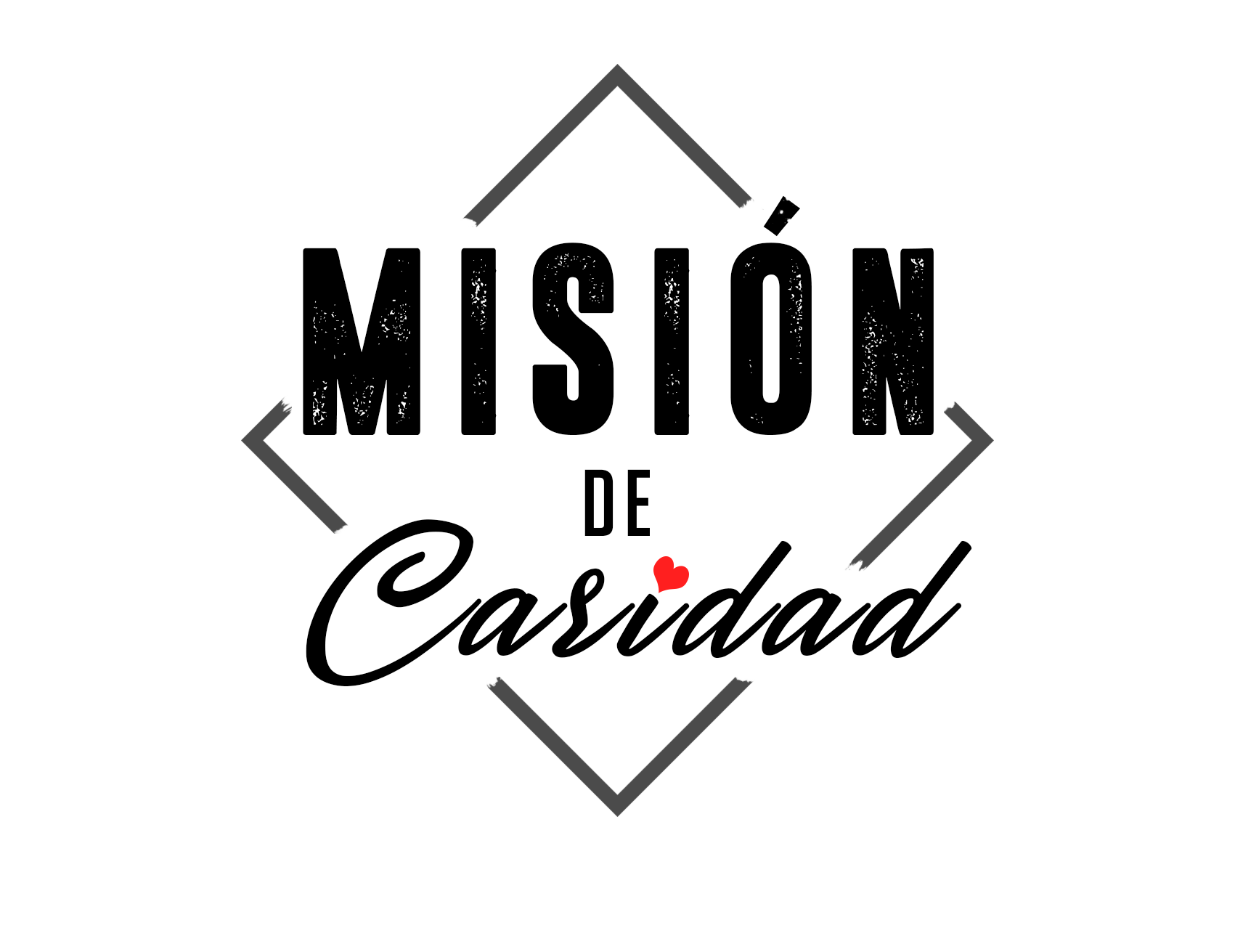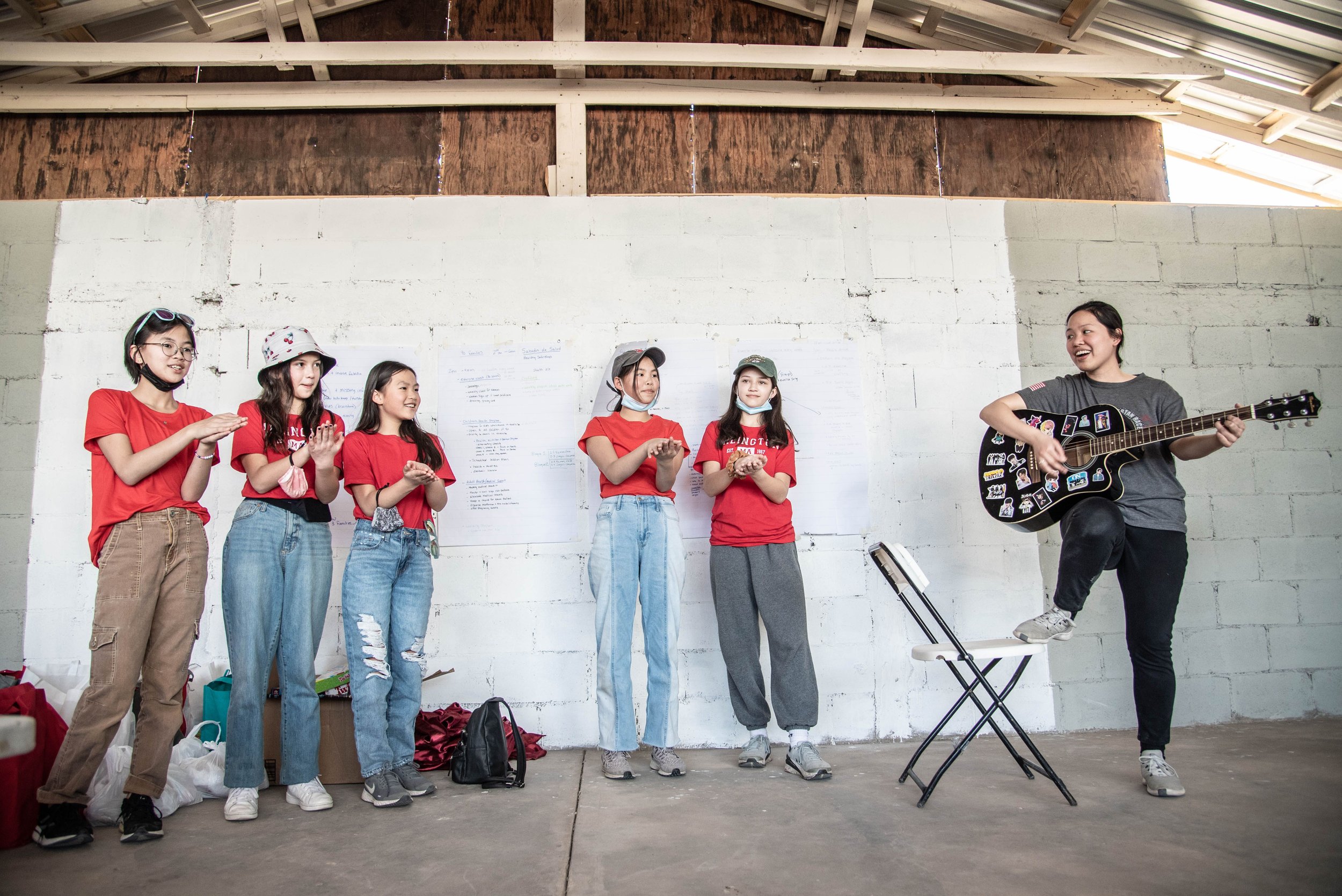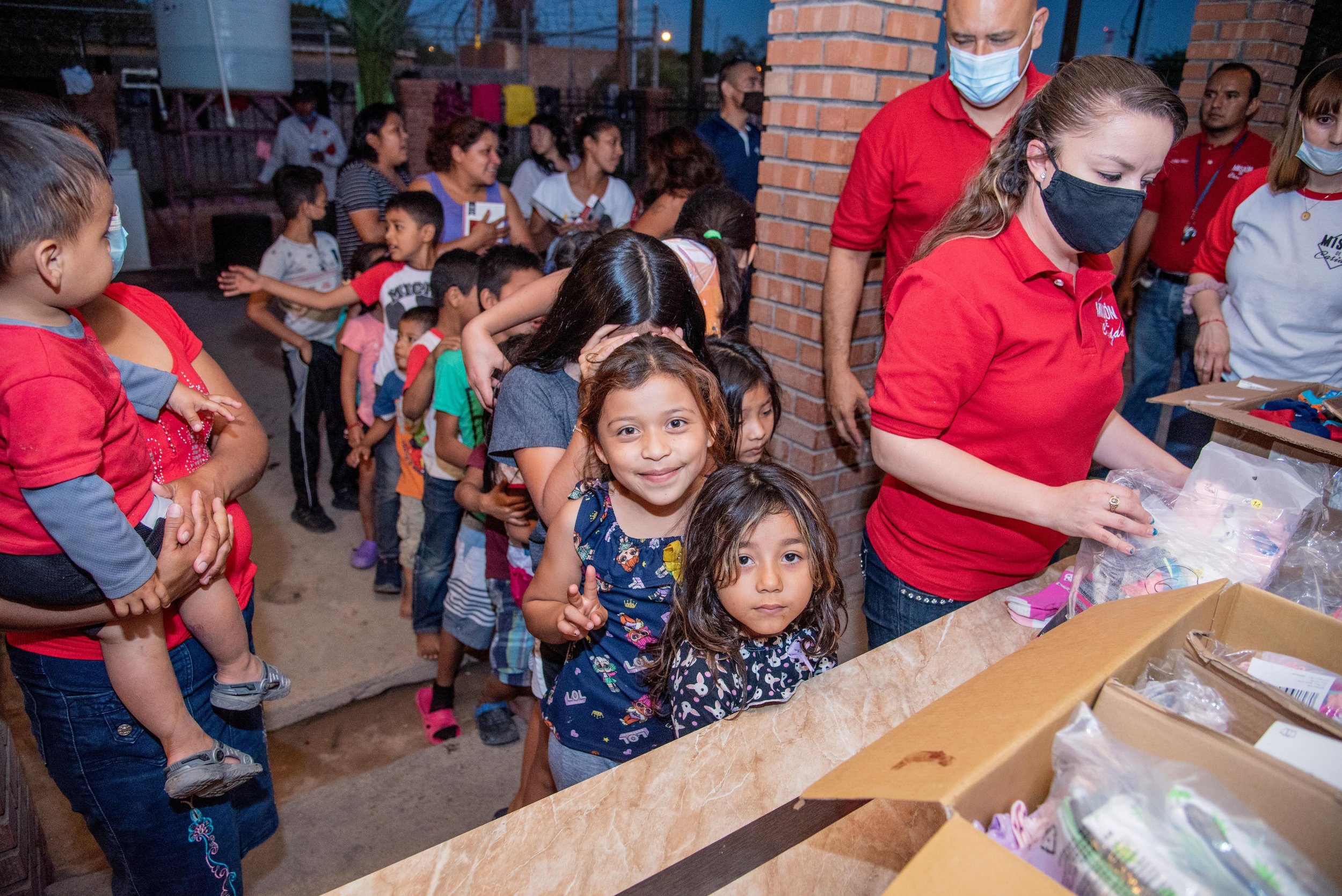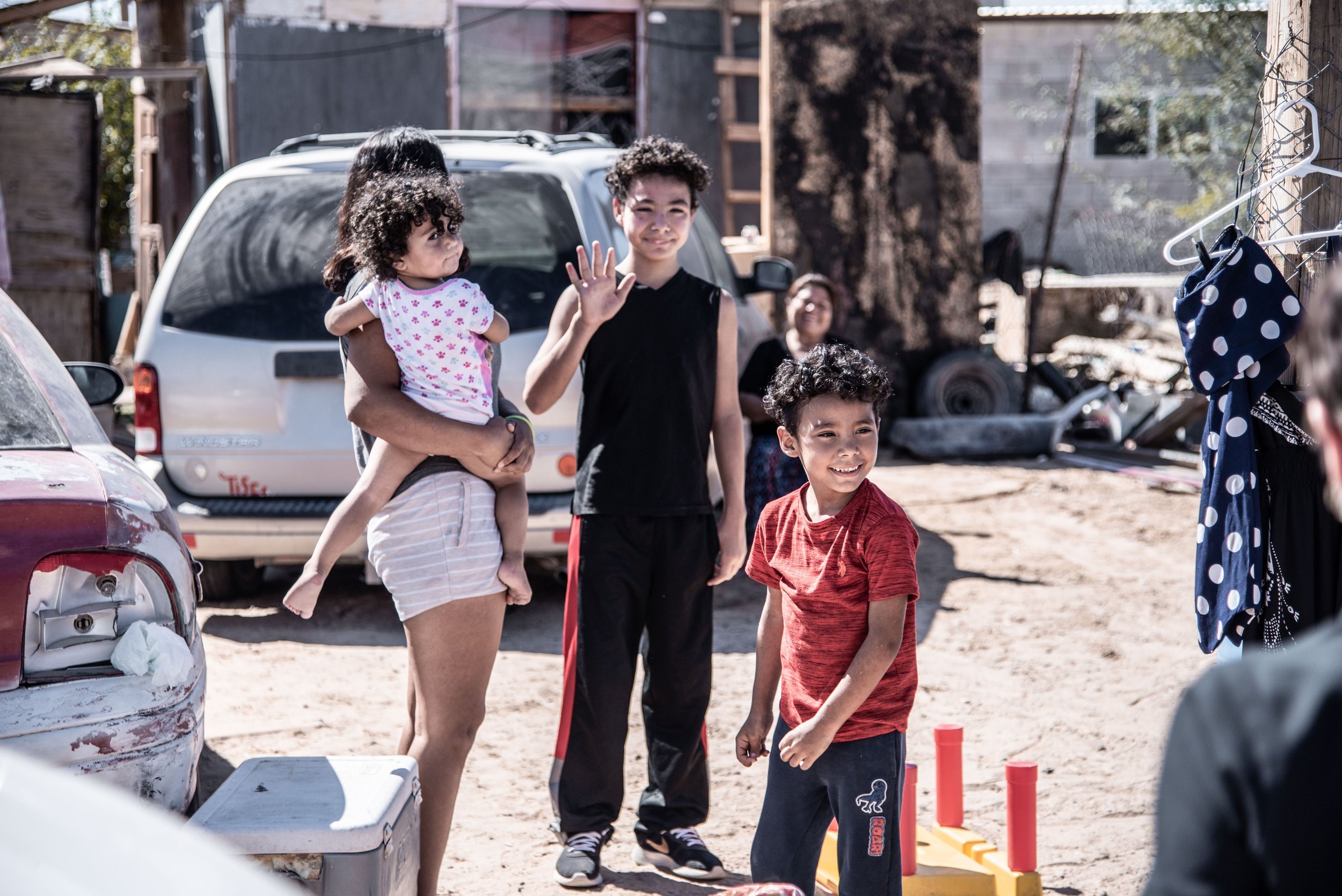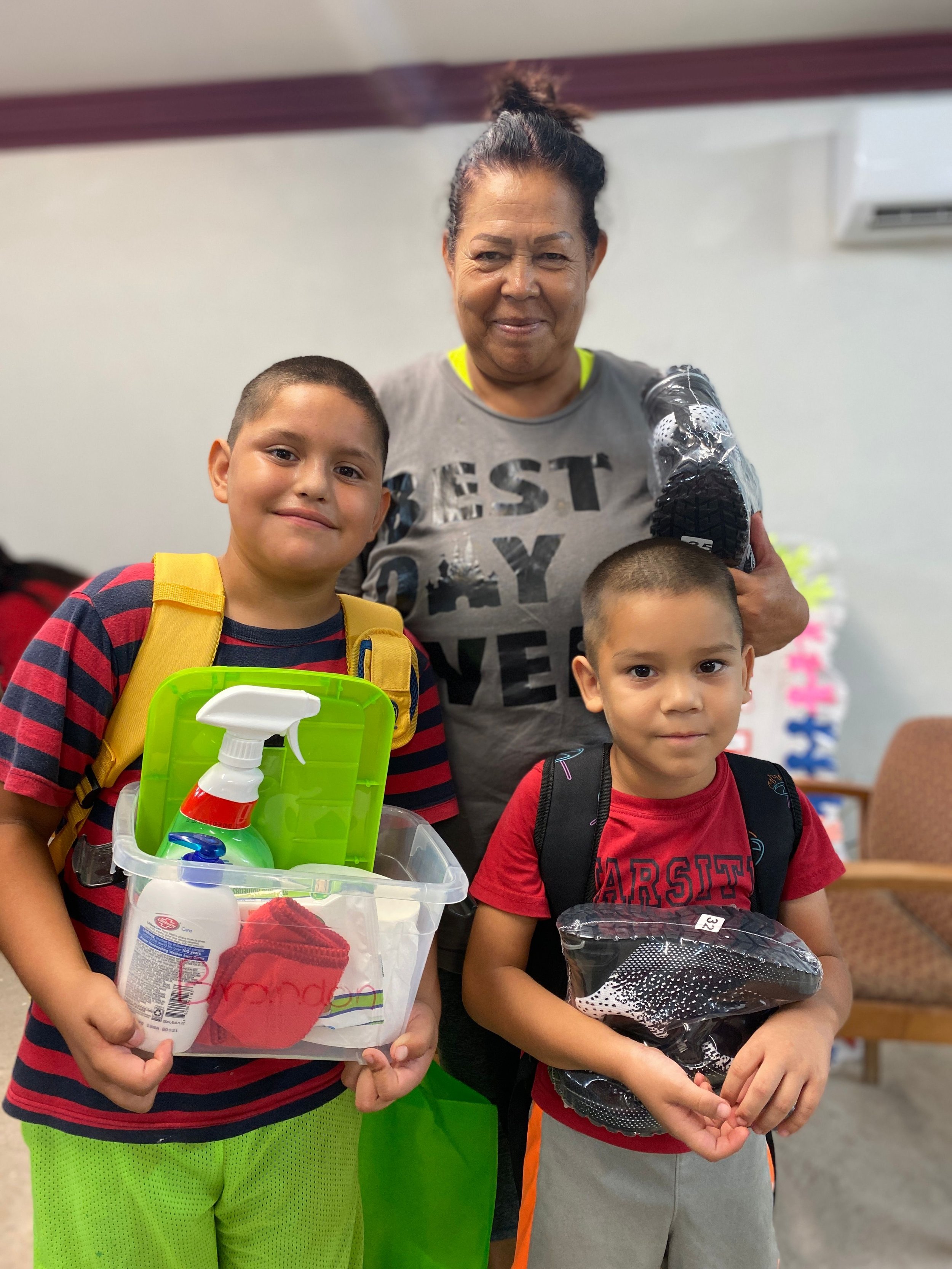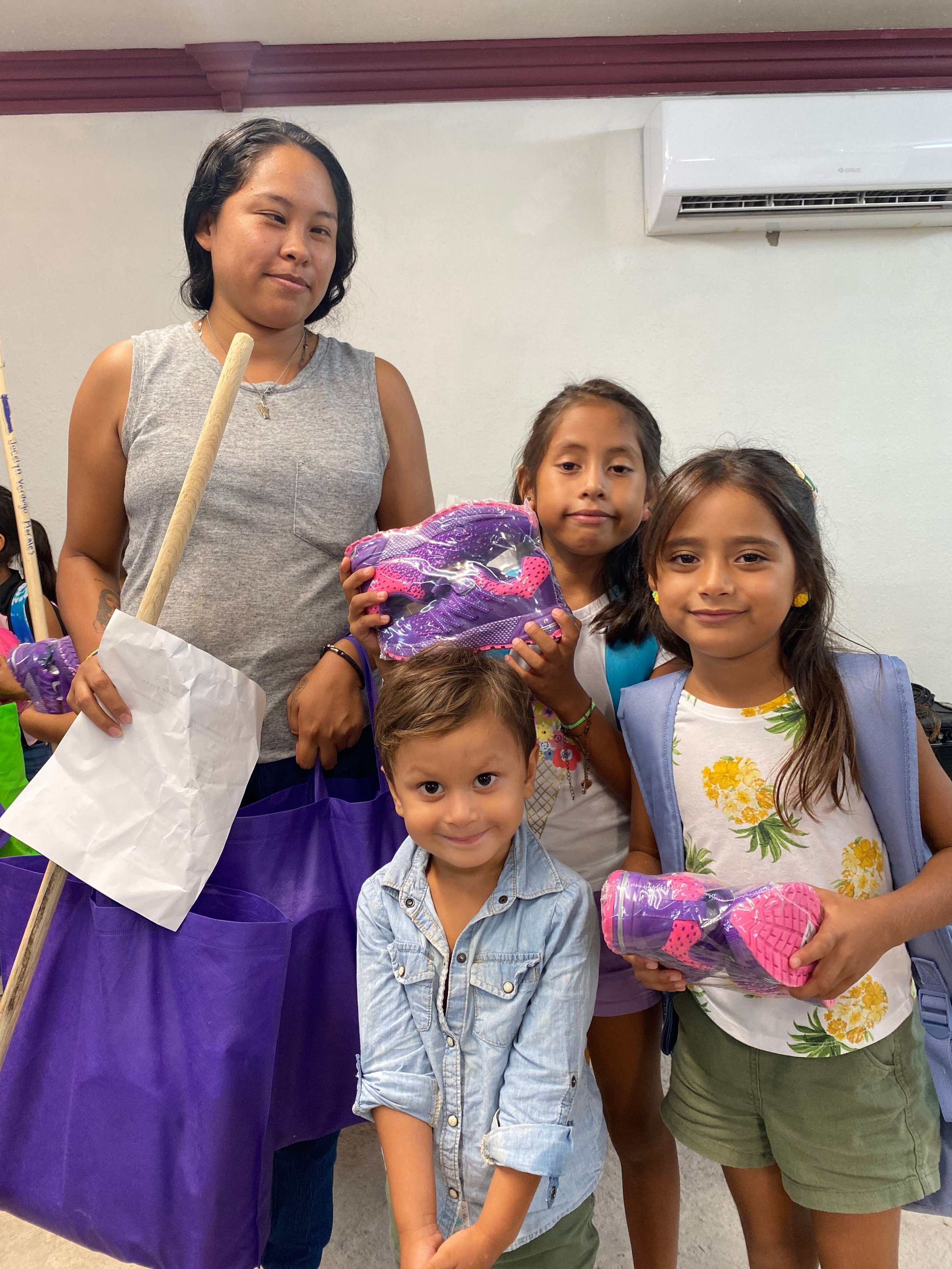3 Reasons Why I Chose to Join MdC
The Back Story
It was an ordinary Sunday when I first learned about Misión de Caridad. I was tucked into the long pew of a church, bundled up in layers of protection from the New England winter. The word “refugee” caught me by surprise, and I squinted at the screen. A fundraising dinner for refugees at the US-Mexico border? I was intrigued.
As an international student learning to live in Boston, I was still figuring out new puzzles every day. The Boston transit system. Thermostats. Snow days. Dishwashers. Composting. Sometimes it felt overwhelming, the amount of new information that my brain had to absorb and synthesize. But here, on the screen of this church where I was still a newcomer, was something familiar. I had spent years working for a refugee agency in Malaysia and half a year researching refugees displaced by ISIS in Iraq. Although I knew little about the “border crisis” at the US-Mexico border, I was thrilled that someone from this church community was doing something about it. I wanted to find out more.
Eunice and a visiting team from Boston lead a group of children in a song during a Super Saturday event.
When I finally began working for Misión de Caridad (MdC for short), it was a year and a pandemic later. By then, MdC was a full-fledged non-profit, no longer focused on just short-term relief but on expanding health services at the US-Mexico border and establishing roots among the border community. Jean and Francisco, co-founders of MdC, welcomed me to the team, knowing that I wanted to expand my skills in refugee work.
Jean and Eunice at the San Diego/San Ysidro border crossing
Over the last two years, I have learned many valuable lessons from Jean and Francisco. I have witnessed beautiful and sometimes painful moments of growth for MdC as an organization. I have also observed what makes MdC successful—the kind of success that matters. Having worked with refugees, asylum seekers, and internally displaced persons (IDPs) in various settings, I have seen many well-intended projects do more harm than good. I have also listened to refugees explain why so many non-profits miss the mark in knowing how to truly help.
That is why I wanted to share about 3 things MdC does well, in the hopes that ordinary people can be inspired to do great things too.
3 Reasons Why I Chose To Work For MdC
Eunice smiles for a photo with Gloria and her two daughters, Alexa and Shelly, during a home visit. Photo credit: Joanne Cheng.
1. MdC helps refugees rebuild their lives in a host country instead of waiting for official resettlement.
In an ideal world, every refugee that has had to flee their home country due to persecution or war finds a new country to settle into, where they can take on new citizenship and carry on living a normal life.
Sadly, this is not the reality. Resettlement is a process that takes an average of five years. In addition to that, only a small percentage of refugees ever get resettled. In 2020, this number was estimated to be 2%. The reason for this shockingly small number? Limited resettlement quotas: the number of refugees a country will pledge to take in every year. Historically, the US has had one of the highest refugee resettlement quotas. Tens to hundreds of thousands are resettled in the US every year through the 1980 Refugee Act, which aims to naturalize refugees into US citizens. The quota for the current fiscal year (2023) is 125,000, the highest it has been in 40 years.
Maria (left) is an IDP who now is apart of the Casa Esperanza (CE) community. She used to wake up before dawn to work on an onion field. She wouldn’t see her kids until she returned at night. But now she is part of MdC’s Women’s Work Program and can work at home around her kids.
Yet this quota is infinitesimal compared to the resettlement needs of refugees from Central and South America alone, never mind the 13 million refugees around the world.
What this means is that the vast majority of refugees and asylum seekers will never gain citizenship or the benefits that come with it. Instead, most refugees and asylum seekers around the world will continue to live in host countries—also called transit countries of countries of asylum—waiting for a new home that never comes.
Is there a solution to this crisis of global homelessness?
MdC hands out supplies to refugee children at a border shelter in 2021.
What MdC has done is to empower a local community in San Luis Rio Colorado, Mexico, to support the displaced people that arrive at their border town. Mexico is a host country that already hosts millions of refugees and IDPs. However, many displaced people living in Mexico struggle to rebuild their lives there because of barriers to education, healthcare and work opportunities. Because of that, they would rather make the US their final destination, if it means entering illegally, risking their lives, and being separated from their children.
Many of the children in the community MdC serves are not attending public school. MdC’s Education Program provides the only form of education for some.
Many refugees who do get resettled never break free from the unhealthy cycles they have developed as a result of living with trauma. MdC’s programs are designed to not just hand out aid, but also empower people to change those unhealthy habits and belief systems which keep them in poverty. This is what empowerment looks like - learning to make use of resources available to build a new life - not chasing the illusive American Dream.
2. MdC is relatively small and community-driven, which translates into greater impact and quicker results.
The christmas party this past year was a group effort. MdC’s community helped each other carry groceries for the dinner later that evening.
It is common to see international non-profits operating in several different countries, with the higher number of country-presence seen almost like a badge of honor. There are certainly many reputable organizations that do this well, but there are also many more who are not actually active on the ground but instead partner with local non-profits (by funding them and then taking credit for their work). This model isn’t inherently wrong, but it creates a system where the people who give and make important decisions are far removed from the needs of people on the ground.
Co-founder Francisco Ortega visits Lidia and her husband at their home. Lidia is part of MdC’s Women’s Work Program and has learned to make bags out of recycled plastic that she can sell to earn extra income.
By keeping MdC local, that is, focused on a particular place and instead of maintaining a presence in 10 countries, the team can invest deeply into the same community over time, all while seeking to build authentic relationships. With every community, there will be issues that are not visible to a person until they have spent enough time living among the people and getting to know them. That’s when the true work begins. Aiming for depth instead of breadth is what results in lasting impact.
MdC Mexico team member Michel has been serving the community since MdC’s beginning. It was great to see the Mexico team working collaboratively alongside our medical missions team for our November Medical Fair.
Additionally, MdC’s supporters are strongly connected to the cause—that is, to the needs of refugees, migrants, and asylum-seekers at the US-Mexico border. This means that the financial support for MdC’s work will not quickly dry up once a new international crisis appears on the horizon. This pattern is one of the greatest problems with international development work. The money is available for programs, staff, etc. only until the next big refugee crisis hits. When the media spotlight shifts, so does the funding.
While MdC was birthed out of a refugee crisis, Jean and Francisco have continued to serve this border community long after the crisis had left the news headlines. This kind of focused care and commitment is what every community in need deserves to have.
Jean visits Evangelina, who is an active part of MdC’s programs. Her son loves peanut butter and is always excited when it is included in MdC’s healthy grocery distribution.
On a more personal note, MdC’s small size (less than 50 full time staff) meant that as a team member, I got to witness the direct results of my contributions on the field. Although I was based in Boston, I felt a close connection to the work that was being done in Mexico because Jean and Francisco were always reflexive to team feedback and contributions. This is an experience that is almost impossible to have in a larger non-profit, and it is a privilege I do not take for granted.
In addition, because of the all-hands-on-deck work environment, I was exposed to many opportunities to further expand my skillset. I know I can bring so much more to my future work with refugees.
Eunice engages a child in some music making during a Super Saturday event.
3. Many refugee non-profits stay stuck at the relief stage but MdC has long since moved into development work.
A young student engages in a math exercise as part of MdC’s Education program. MdC launched its Education program in April 2022 to address the educational gap within the community.
Relief and development have always been the two ends of the helping spectrum. Relief, also called aid, refers to meeting the immediate needs of people in acute crisis: food, water, shelter, medical assistance, and safety from harm. Development, on the other hand: refers to the long-term needs of people who may no longer be in acute crisis, but who are still very much in need of help: healthcare, education, work opportunities, and civic infrastructure.
The problem with the crisis-oriented system described earlier is that it is more difficult to get funding for long-term projects: development work. Long term projects take longer for results to show, and honestly, they are more messy and more labor intensive. Anyone can show up at the site of an earthquake and hand out food. How many know how to stay and help rebuild the city?
The children who take part in MdC’s programs have been loving the healthy meals served. In 2022, MdC served over 60,000 healthy meals.
From the very beginning, MdC has been all about helping people holistically. Since MdC’s first medical fair, participants were required to sit through a health seminar in addition to getting a checkup and treatment. Children who attend the Education Program must also brush their teeth as part of classes and take part in physical education. In 2022, MdC began limiting its free grocery distribution to families that were also participating in Super Saturday programs.
Instead of just receiving free stuff, families in MdC’s programs are improving their physical, mental and spiritual health, building a strong support network and vibrant family life, and developing intrinsic motivations for change.
Many of the families in MdC’s Super Saturday Program have formed close friendships as a result of working and playing together.
The truth is that relief and development are often intertwined as part of any significant helping effort. However, it is also true that staying in the relief stage is very easy, and sometimes tempting. MdC understands that this work is meant to be long-term, and that the real work is in increasing the capacity for self-development and self-empowerment. The goal should always be to help communities help themselves, not leave them even more helpless when the support disappears.
During MdC’s Summer School program, students were promised new school shoes for the new school year if they had near perfect attendance.
Over 70% of the students came almost every day, even if it meant walking barefoot on hot sand under the hot sun.
With the launch of programs like education, a work program, and the construction of Casa Esperanza, MdC is sending a strong message to the community that they are committed for the long haul.
Conclusion
By providing an alternative solution to the resettlement problem, MdC is offering hope to hundreds of refugees, asylum seekers, and immigrants, as well as a model of what creativity and determination can accomplish. If there is a message behind this, it would be that life can just be as prosperous and meaningful no matter which side of the border you are on. And.. that we don’t have to wait for governments to provide all the solutions; ordinary people can too.
At the same time, MdC’s size, community focus, and long term approach are all reasons why the organization has witnessed so much impact in just 4 years.
The staff and volunteers of MdC’s November 2022 medical fair.
As someone that strongly desires to make a tangible difference in the world around me, working with MdC has been a dream come true. It has been an honor to work with a team so dedicated to the long-term transformation of just one community. It is this kind of work that I want to do for the rest of my life.
Eunice Wong holds a Masters in Music in Development from the School of Oriental and African Studies (SOAS), London, and a Masters in Clinical Mental Health Counselling from Lesley University, Cambridge, MA. She currently lives in Iraq with her husband.
